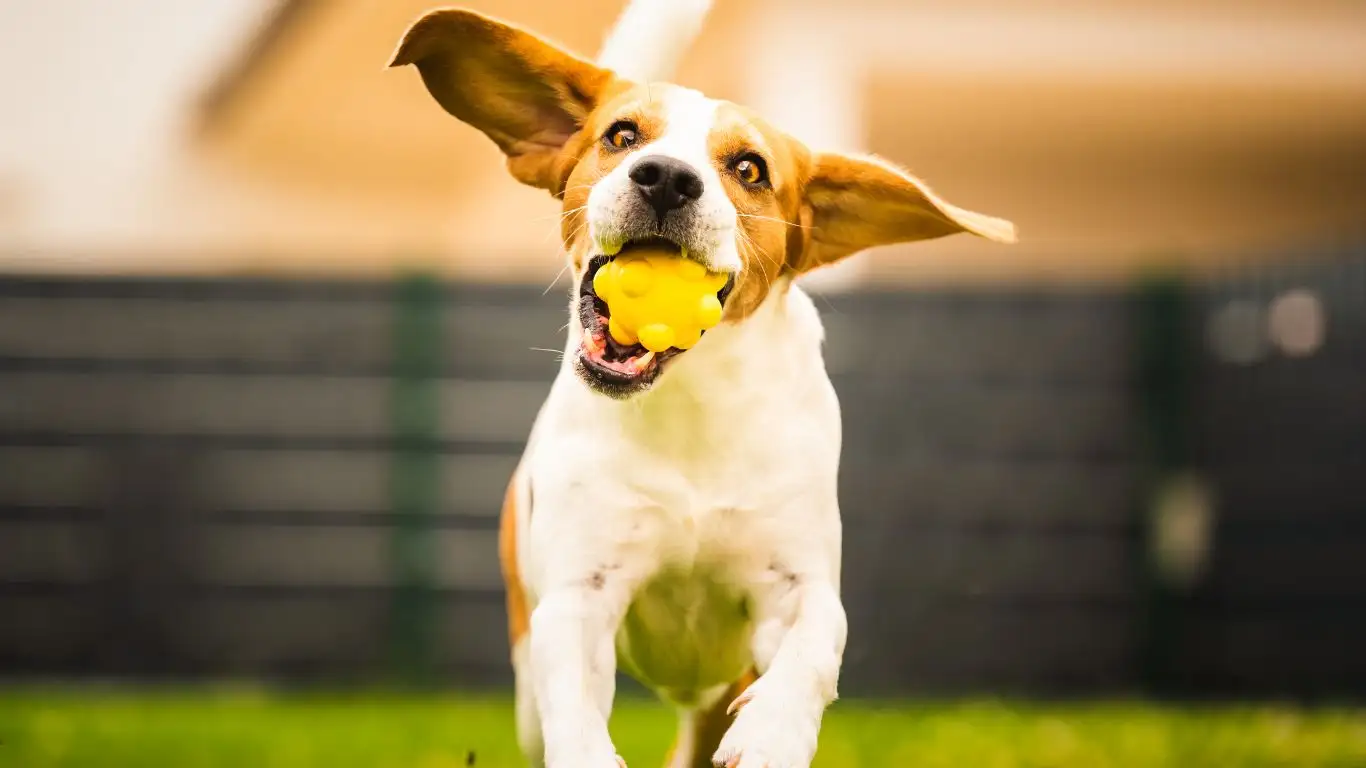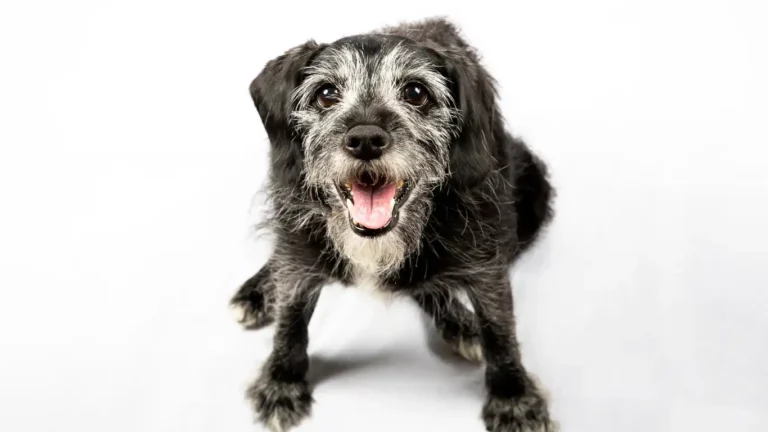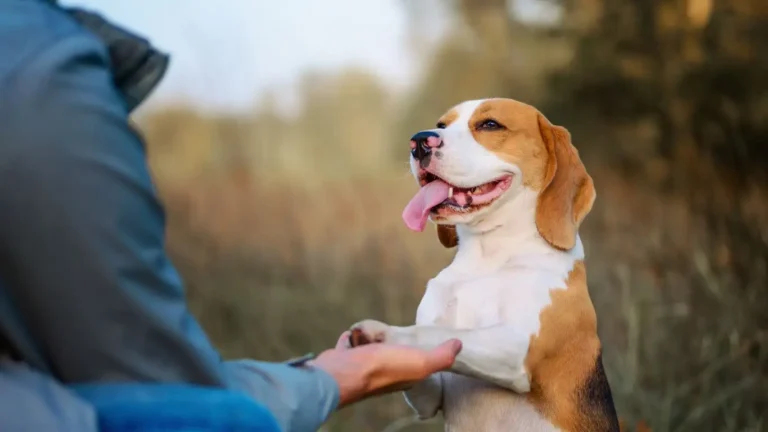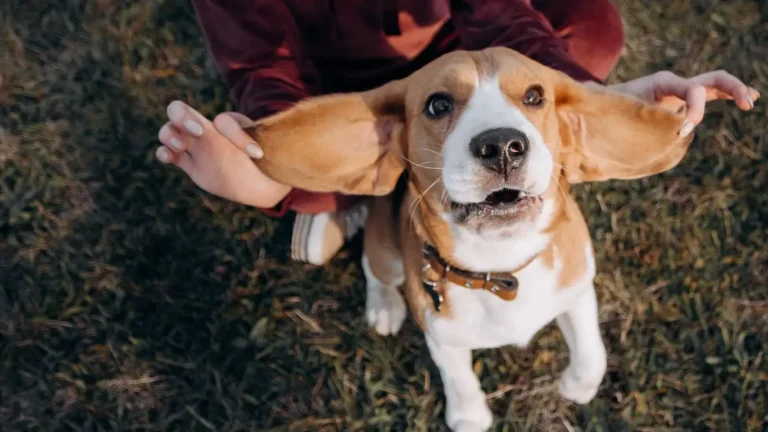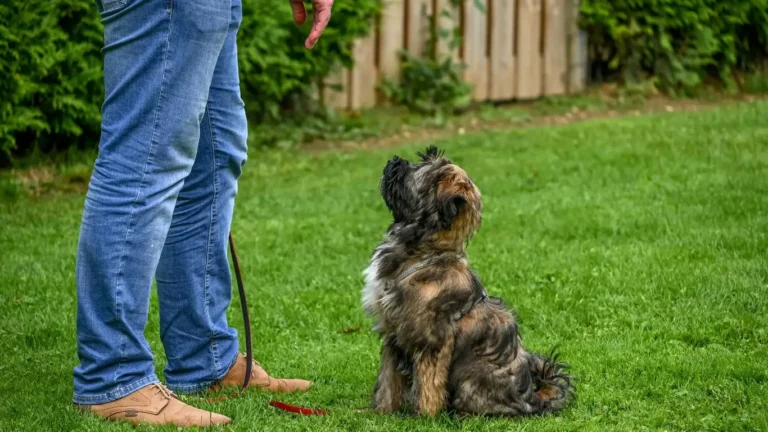Train Your Dog to Listen Anywhere: Beat Smell Distractions Fast
Ever tried calling your dog at the park, only to have them blow you off completely because they caught a whiff of something “far more important”? If you’ve been there, you’re not alone—and you’re definitely not doing anything wrong. As a Canine-Assisted Therapy Trainer, I’ve spent years working with dogs of all ages and temperaments, and one thing is crystal clear: learning how to train a dog to listen even when distracted by smells is both a science and an art. Trust me, it’s doable. It just takes a mix of patience, practical strategy, and knowing how your dog ticks. Let’s break it down together.
Understanding the Nose: Why Smells Win Over Commands

First off, let’s give credit where credit is due—dogs experience the world through their nose. Their sense of smell is about 40 times better than ours. Imagine walking into a bakery and trying to concentrate on a math test while the smell of fresh cinnamon rolls hits you in the face. That’s what it’s like for a dog trying to ignore the scent of another animal or leftover fast food on the sidewalk while you’re calling their name.
So before we even talk about training, we need to understand what’s pulling their focus. Scents can be exciting, relaxing, or even stressful to dogs depending on the context. That’s why just calling their name louder won’t cut it. Instead, we have to meet them where they are—in the scent zone—and train them from that mindset.
Start with Trust and a Solid Foundation
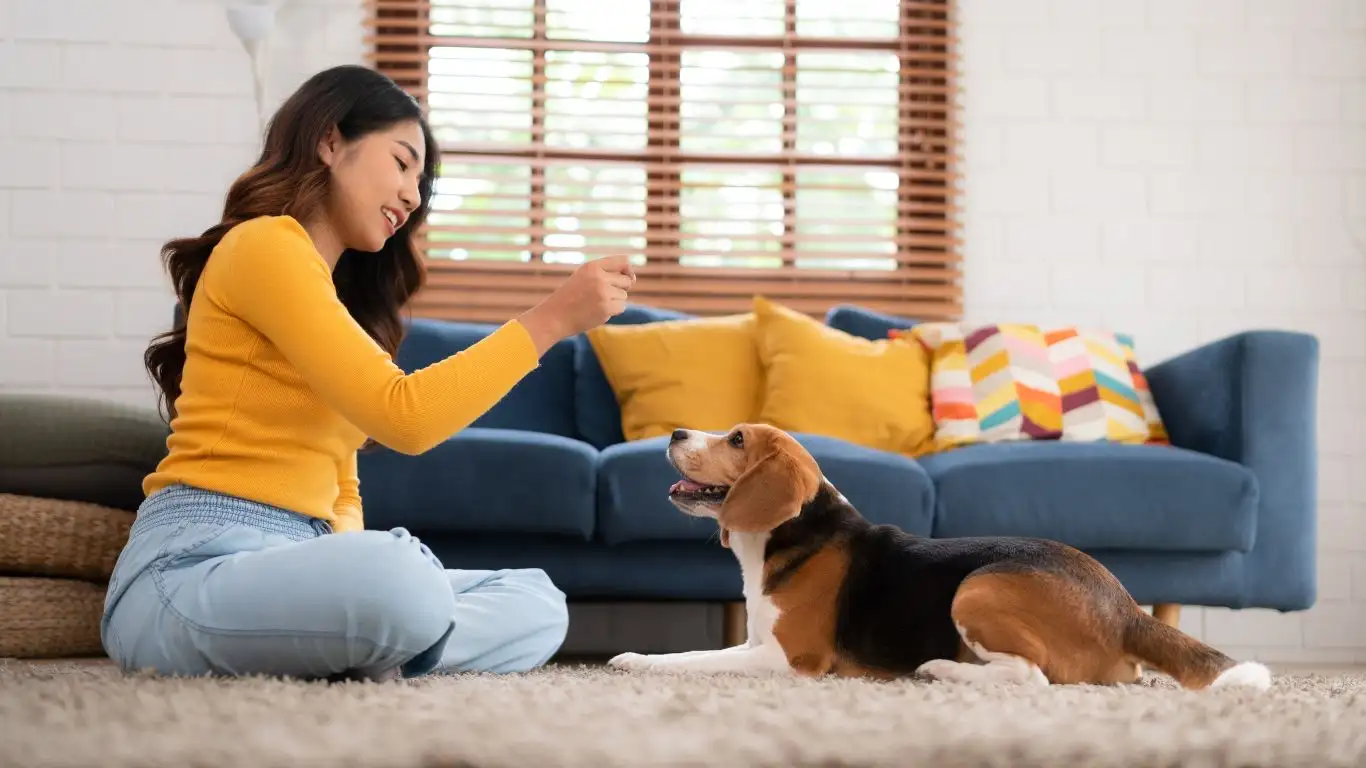
I always tell my clients, “Before your dog can focus on you in the middle of chaos, they have to trust you when it’s quiet.” Building a strong recall and response to your voice starts at home, in a distraction-free zone. Whether it’s your living room, a quiet backyard, or a hallway—pick a space where your dog feels safe and you control the environment.
Tips to Build That Connection First
- Use high-value treats: I mean the stuff your dog would sell their soul for. Freeze-dried liver, cheese bits, chicken—you name it.
- Mark and reward: Use a consistent marker word like “yes!” or a clicker, then reward fast. Timing is key here.
- Keep sessions short and sweet: Five-minute training blocks with a few reps each are more effective than hour-long marathons. Don’t bore your dog into ignoring you.
Back when I first started working with rescue dogs, I had this hound mix named Charlie. Brilliant nose, zero interest in people—at first. But once I figured out his jackpot treat (sliced hot dogs, go figure), and started rewarding tiny victories, he began to check in with me more and more. It was like flipping a switch.
How to Train a Dog to Listen Even When Distracted by Smells

This is the juicy part, right? Now that your dog is tuned in during quiet moments, it’s time to gradually raise the stakes. We don’t go from living room to dog park in one day. Distraction training needs to follow a step-by-step approach—and yeah, I’ve learned that the hard way more than once.
Step-by-Step Progression
- Start simple: Practice recall and focus games in your yard or a quiet open space. Let your dog sniff a bit, then call them back. Reward heavily when they return.
- Introduce mild distractions: Toss a ball nearby or have a friend walk past at a distance. If your dog can still focus, you’re on the right track.
- Layer in scent work: Hide a treat or scent source (like a toy rubbed with food) nearby. Then practice calling your dog away from it. This is gold for scent-heavy breeds.
- Go public: Once you’re confident, try the same exercises in busier places—on leash, of course. Parks, walking paths, even pet-friendly stores.
Here’s a personal win I’ll never forget: one of my therapy dogs, Luna, used to be completely nose-driven. At first, she’d blow past every command to investigate a spot of grass. But after slow, consistent work—with scent-based training built right in—she learned that checking in with me could be just as rewarding. Now? She can walk through a bustling farmers market and stay laser-focused.
What If They Ignore You?
First—don’t panic, and please don’t yell. Dogs aren’t being “bad” on purpose. If they ignore you, it’s feedback, not failure. It means one of two things: either the distraction was too strong too soon, or the reward you’re offering isn’t worth it to them in that moment. It’s your cue to reassess and adjust your game plan.
Using the “Smell Factor” to Your Advantage
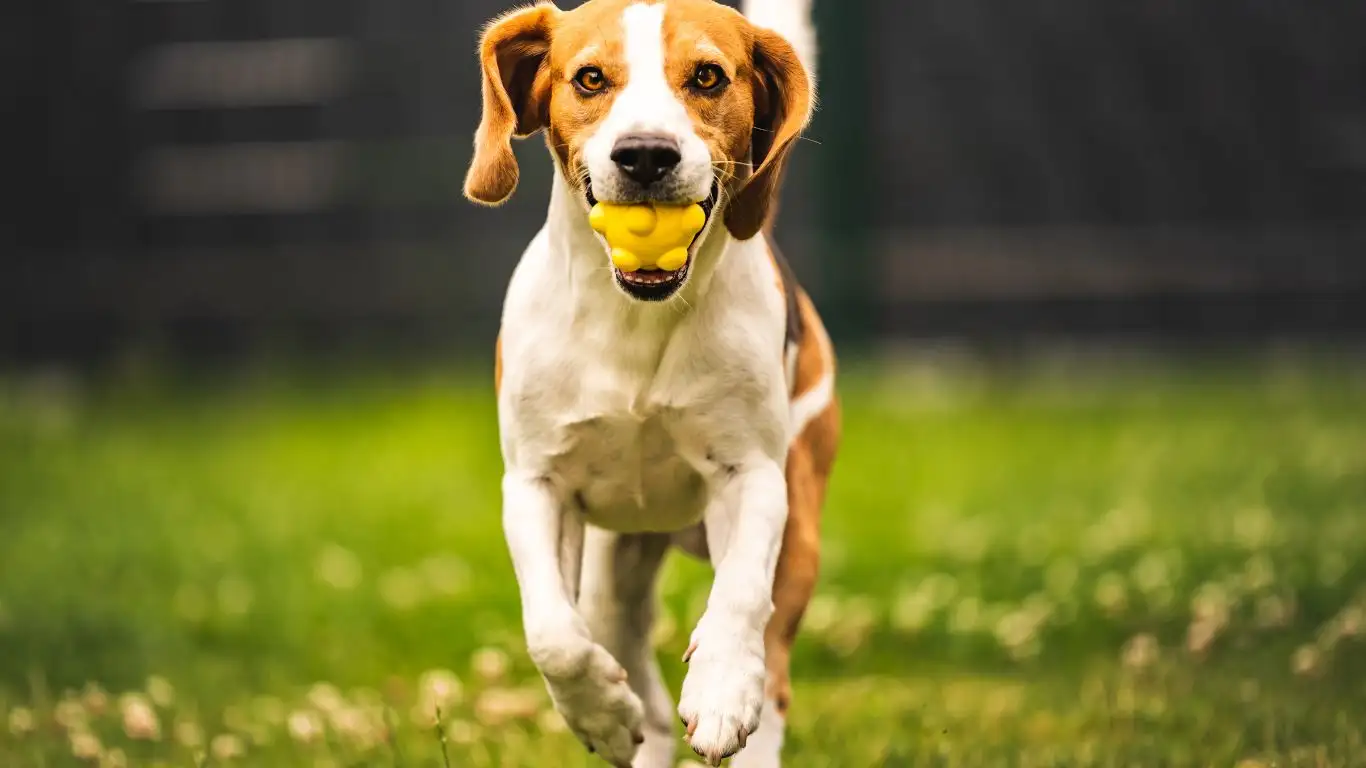
Okay, so here’s a twist that not enough trainers talk about—what if we stop fighting the nose and actually use it as part of the training toolkit? Instead of always trying to distract your dog from smells, you can train them to use scent as a reward. I started doing this with my own dogs during therapy prep work, and let me tell you—it was a game changer.
For dogs who are especially scent-driven (think Beagles, Bloodhounds, and basically every dog at the dog park who vanishes nose-first into the bushes), the trick is to use a “go sniff” cue. The idea is simple: you ask them to focus, perform a behavior—like a sit, look, or come—and then release them with a cue like “go sniff!” That sniff becomes the reward, not the distraction.
How to Teach the “Go Sniff” Cue
- Start in a scent-rich area (grass, bushes, etc.) with your dog on leash.
- Ask for a basic command, like sit or touch.
- As soon as they respond, say “go sniff!” and walk them over to the scent zone.
- Repeat it a few times a week—dogs catch on surprisingly fast when it’s something they love.
One of my therapy trainees, Jasper, a big ol’ Labrador mix with a nose like a bloodhound, used to pull me toward every bush and pole on our route. Teaching him that sniffing was a permission-based privilege gave us both more peace during walks—and a whole lot less tug-of-war on the leash.
Training “Focus” in the Middle of Chaos

This is the holy grail: getting your dog to make eye contact or respond to cues when everything else is begging for their attention. The real-world chaos is where all that foundation work pays off, but it’s also where things can unravel fast if we push too hard too soon.
Focus Exercises That Work (Even for Nosey Dogs)
- The Name Game: Randomly say your dog’s name in different environments. If they look at you, mark it (“yes!”) and reward. It builds reflexive attention.
- Eye Contact Challenge: Hold a treat in both hands, but only reward when your dog makes eye contact instead of staring at your hand.
- Moving Focus: Walk in zigzags or loops and reward your dog for following your direction changes. This keeps their brain locked in on you instead of drifting off with the wind.
I like to do these drills with a little music in my earbuds and a coffee in hand—it turns training into a walk-and-play session rather than a chore. Plus, dogs read your vibe. If you’re relaxed, they usually are too.
Timing Is Everything (Seriously, It’s Make-or-Break)
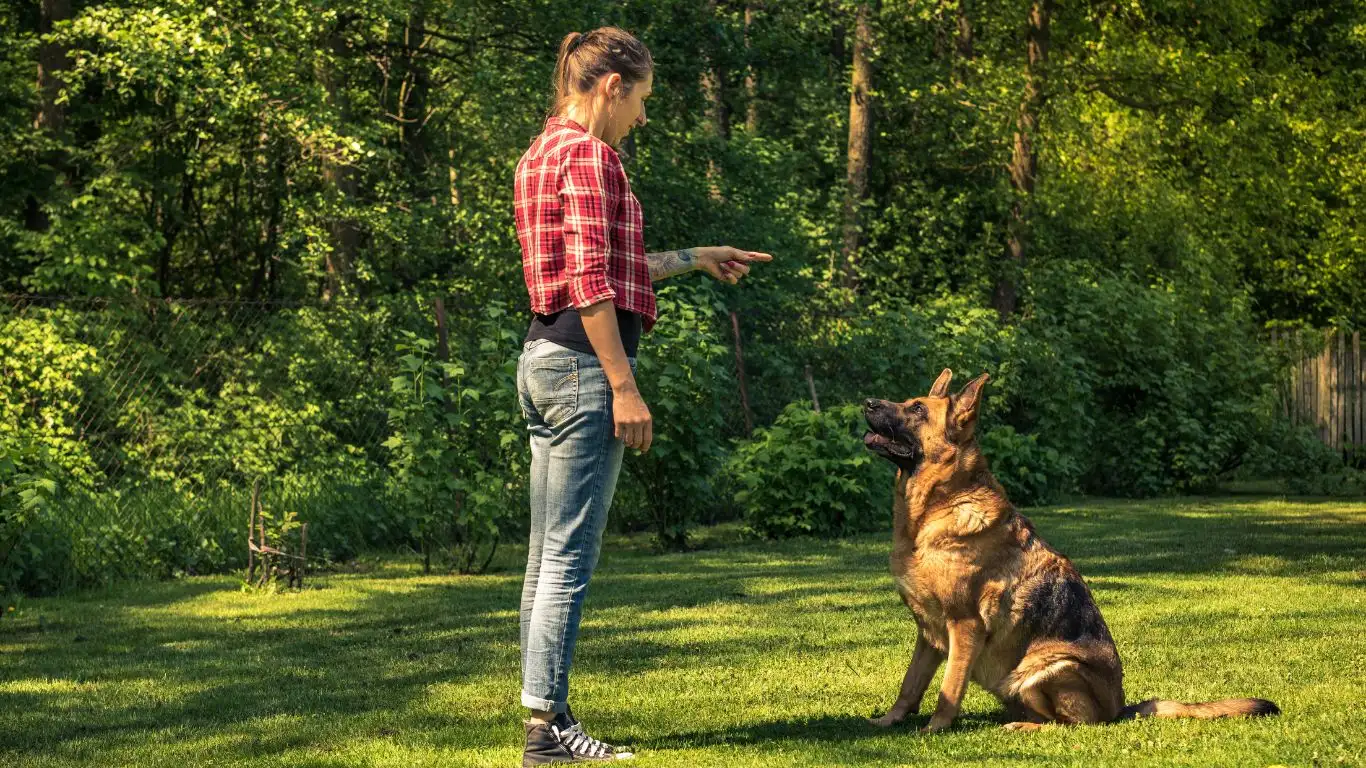
This might sound like trainer jargon, but hear me out: the exact moment you reward your dog matters way more than most people think. I see it all the time in group classes—owners praising their pup several seconds after they respond. In dog time, that’s an eternity. They have no clue what they’re being rewarded for.
The goal is to catch the behavior the second it happens. Use a consistent marker—like a click or a “yes!”—and then deliver that reward fast. This builds super clear communication, even when your dog’s brain is flooded with scent signals.
Pro Tip for Smell-Driven Distractions
If your dog is nose-down and you call them, start by walking away instead of repeating the command over and over. Movement triggers curiosity, and curiosity often overrides scent fixation. It’s a little reverse psychology trick that’s saved me during many park sessions.
Environmental Management: Set ‘Em Up to Succeed
Let’s be real—no dog is going to nail 100% obedience in a totally chaotic space, especially early in their training journey. And that’s not a failure. That’s just being a dog. One of the things I teach all my therapy dog handlers is how to manage the environment to help their dogs make better choices from the get-go.
Ways to Set the Stage for Success
- Train when it’s quiet first: Hit the park early in the morning or right before sunset when it’s less crowded.
- Use a long line: Gives your dog freedom without sacrificing control. Perfect for sniff-heavy sessions.
- Scout locations ahead: Know the space. Avoid trash bins, picnic zones, or squirrel central when introducing new behaviors.
Think of it like kid-proofing a house. You’re not limiting their freedom—you’re creating a space where they can explore and succeed without getting into trouble. Same principle applies to dog training.
Quick Note on Breed and Personality
I’d be remiss not to mention this—every dog is different. What works for a mellow Golden might flop with a hyper Terrier. And scent-driven breeds? They’ll always have a little rebel streak when it comes to following their nose. That’s not something you “train out.” It’s something you learn to work with, honor, and redirect.
Back in my early years, I made the mistake of treating every dog the same—and got humbled fast. Now, I make it a point to observe, adjust, and personalize. That’s how we get dogs who not only listen but actually want to work with us—even when the wind brings a thousand smells their way.
Turning Sniffing Into a Structured Skill
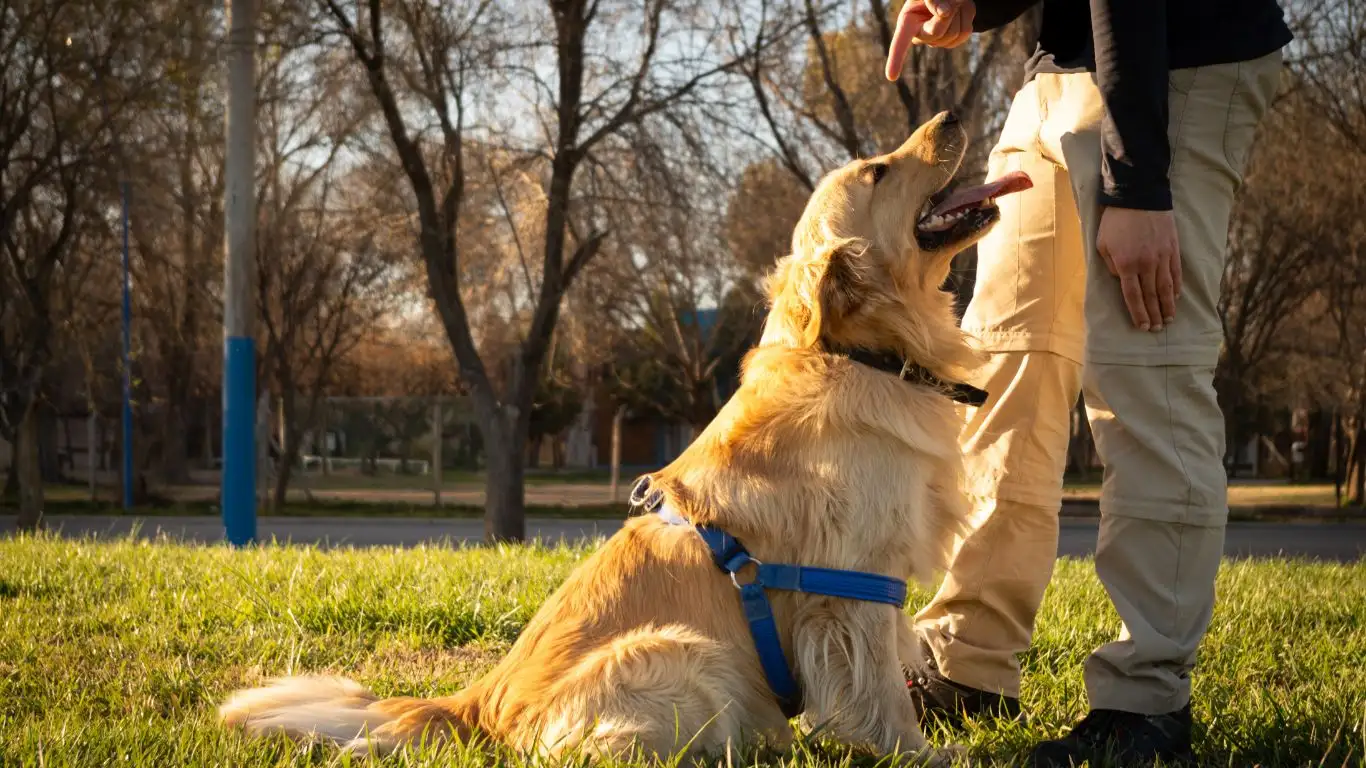
Let’s be real—trying to train a dog to ignore smells completely? That’s a losing battle. But channeling that natural curiosity into something useful? Now that’s where the magic happens. I’ve had great success introducing basic scent work to dogs who are especially nosey and need an outlet. It’s mentally enriching, incredibly fun, and—bonus—it makes dogs more tuned into their handler, not less.
When I started working with scent-based games with one of my therapy prospects, Bailey (a lovable mutt with a hound’s heart), she went from scatter-brained to focused in weeks. Teaching her how to “find it” and “search” on cue gave her brain a workout, while sneakily building up her recall and response strength.
Simple Scent Games to Try
- Treat Hide-and-Seek: Hide treats around a safe area and let your dog sniff them out after a release cue. Great for building focus and confidence.
- Box Game: Place a treat in one of several boxes and have your dog find the right one. Increase difficulty by using gloves or adding distractions.
- “Find Me” Cue: Have a friend or family member hide (indoors or out), then send your dog to find them. It’s fun, social, and reinforces recall like nothing else.
There’s something truly satisfying about seeing a dog do what they’re naturally good at with intention. Plus, structured sniff time often makes them more relaxed during walks and less likely to go rogue.
Common Mistakes That Sabotage Focus

Let’s talk about the not-so-fun stuff for a sec—the mistakes. Hey, we all make them (I’ve had plenty of “oops” moments in my training sessions), but knowing what to avoid can really smooth the road ahead. These are the most common slip-ups I see when folks are trying to train a dog to listen—even when they’re being pulled into the scent vortex.
Top Pitfalls to Watch For
- Overusing the dog’s name: If you say “Rex! Rex! Rex!” a dozen times with no follow-up, your dog learns that the word means nothing.
- Yanking the leash: Jerking the leash when your dog is focused on a scent doesn’t teach anything except that you’re unpredictable. Not a trust-builder.
- Expecting too much, too fast: Jumping from backyard wins to busy sidewalks too soon leads to frustration—for both of you.
- Under-rewarding: If you’re competing with Mother Nature’s perfume department, kibble just isn’t gonna cut it.
I always tell my clients: consistency over intensity. It’s better to practice one solid minute of focused recall than drag out a 15-minute session where your dog mentally checks out halfway through. Baby steps are still steps forward.
Building Lifelong Listening Skills
So, what does it actually look like when this all clicks? When you’ve done the work, when the communication is clear, and when your dog can tune out distractions—not just because they have to, but because they want to?
It looks like peaceful walks. It looks like confident therapy visits. It looks like a dog who feels safe, connected, and eager to check in with you. And it looks like a bond built on mutual respect—not force, not frustration, and definitely not fear.
Keep the Momentum Going
- Revisit training often: Even seasoned dogs need refreshers. Think of it like a gym for their brain.
- Mix up environments: Train in new places to generalize the behavior. Different park? Different smells? Perfect opportunity.
- Celebrate small wins: If your dog checks in with you once instead of chasing a smell, that’s progress. Praise it like you mean it.
In my own journey, I’ve worked with dogs who had every reason to be distracted—rescues from tough backgrounds, scent-obsessed breeds, even seniors who were set in their ways. And across the board, the same truth holds: with patience, structure, and understanding, your dog can learn to listen—even when their nose is calling the shots.
Helpful Resources & Further Reading
Want to dive deeper into canine behavior, scent work, or reward-based training? Here are a few expert-backed sites I trust and refer to often:
- American Kennel Club (AKC) – Great breakdowns of training strategies by breed and age.
- PetMD – For the health and wellness side of things, especially how scent-driven behavior ties into mental stimulation.
- NIH – For studies on animal behavior and therapy dog science.
- Health.com – They’ve featured some fantastic articles on the benefits of scent work and dog-owner bonding.
Disclaimer
This article is based on my professional experience as a Canine-Assisted Therapy Trainer and years of hands-on training with dogs in real-world scenarios. It’s not intended to replace personalized advice from a certified behaviorist or veterinarian. If your dog shows signs of stress, aggression, or compulsive behavior related to scent tracking or distraction, consult a professional before starting new training methods.
